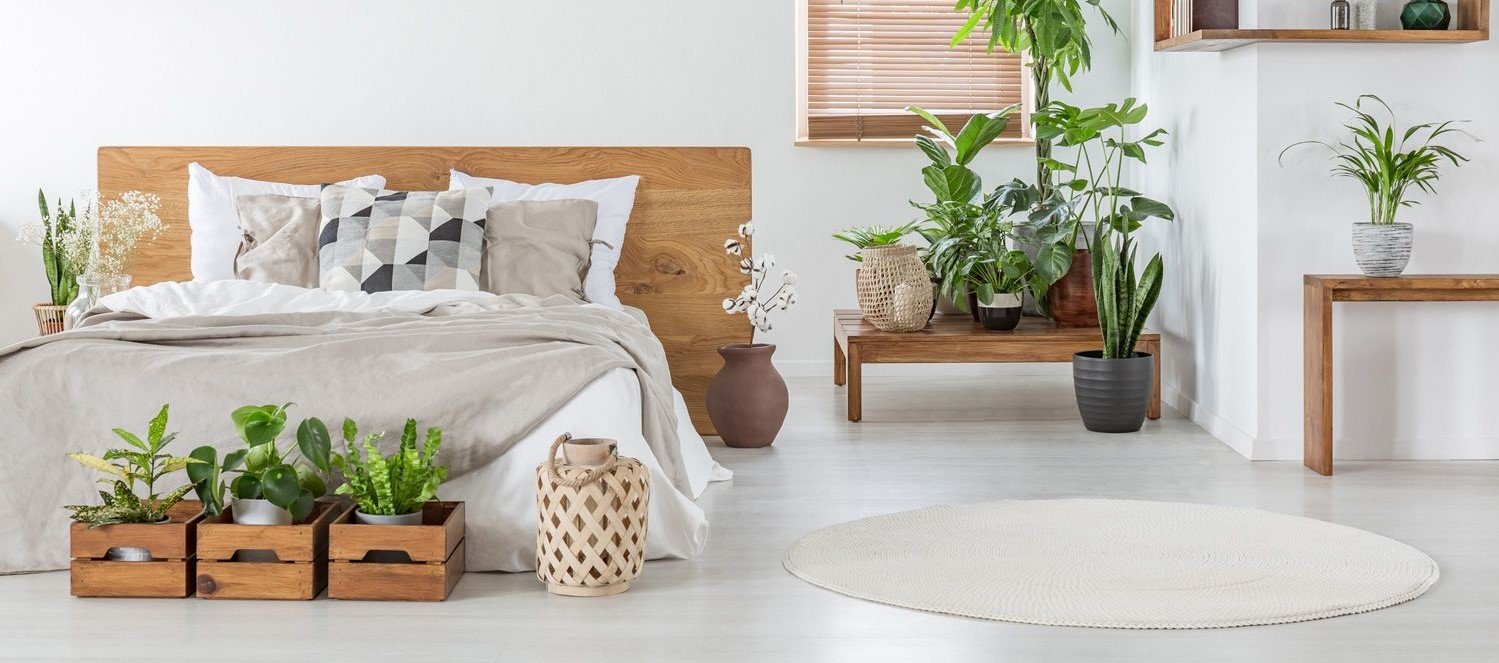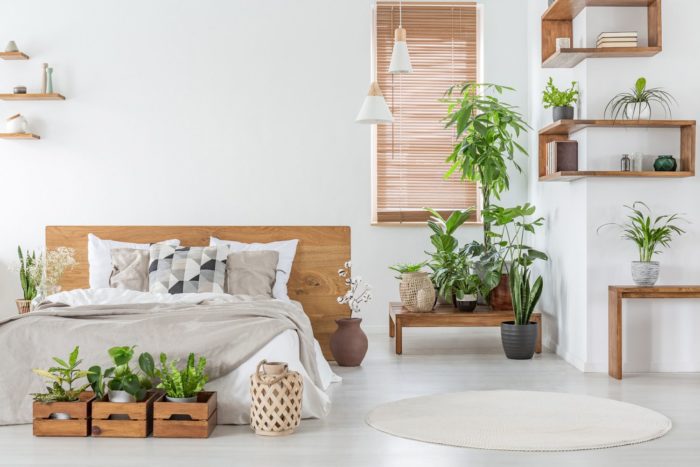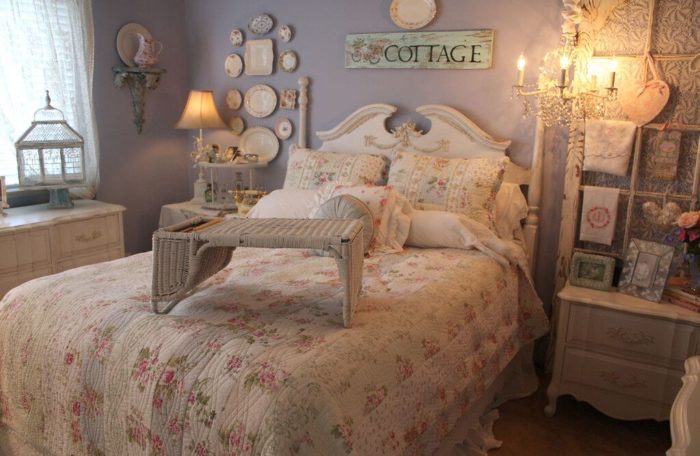
How to Choose the Right Mattress Size for Each Room for Ideal Sleep
Given that we devote roughly one-third of our lives to sleeping, it becomes paramount to select a bed that suits your requirements. Investing in a new mattress should translate into enhanced health through better quality sleep. Therefore, when searching for the ideal bed for your bedroom, considering mattress sizes is of utmost importance. Opting for a mattress that is too small can lead to an uncomfortable night’s sleep, whereas a colossal bed may make your room appear cramped. In this article, we present a comprehensive guide to various mattress sizes and offer insights on making the best choice for your space.
-
- Consider the Sleeper’s Size: If you’re tall, a mattress with extra length is essential for comfort. Those over six feet two inches should avoid standard twin or full-size beds. A full or queen-size mattress size is more suitable, especially for those with a broader build.
- Account for the Number of Sleepers: For couples, children, or pets sharing the bed, queen mattress size is the minimum recommendation. Larger groups may require a king or California king. Solo sleepers can choose queen, complete, or twin XL sizes based on their preferred roominess.
- Factor in Room Size: Be mindful of your room’s dimensions; oversized beds in cramped spaces can limit furniture and mobility.
- Consider Room Accessibility: Accessibility can be a challenge for large mattresses in rooms with small doors, narrow staircases, or non-ground floor locations. Bed-in-a-box mattresses that expand upon unpacking can be a practical solution.
- Budget Wisely: Remember that more oversized mattresses come with a higher price tag, so choose a size that aligns with your budget and space requirements.
2) The standard Bed Sizes
The size of a bed plays a crucial role in optimizing a bedroom’s functionality and aesthetics. A considerable mattress can make the room feel cramped, while one too small may seem out of proportion. Hence, the initial step in selecting the appropriate bed size involves understanding the available choices, typically single and double beds. While specific dimensions may vary by location, there are generally six standard bed sizes: Twin, Twin XL, Full, Queen, King, and California King. The chart provides detailed measurements of these sizes, including width, length, and total area.
3) Room-By-Room Mattress Size Strategies
When you embark on the journey of mattress shopping, you must consider various factors like firmness, material, and overall feel. However, one critical aspect often overlooked is mattress size, which ranks among the most important. It’s not merely about the mattress’s physical dimensions; the size directly impacts your budget. You’ll find a range of mattress sizes, from the single-person twin-sized bed (perfect for kids transitioning from a crib) to the expansive California king (ideal for sprawling couples). The mattress size you opt for should align with your height, weight, and personal preferences.
1- Twin Single
39 by 75 inches (99 by 191 centimeters)
The twin mattress size is the ideal choice for children or solo sleepers aiming to optimize their room’s space. These mattresses are incredibly space-efficient, making them suitable for rooms as compact as seven by 9 feet. Twin-size beds are especially favored for kids due to their affordability and the minimal space they occupy in the bedroom, allowing ample room for play.
2-Twin XL
39 by 80 inches (99 by 203 cm)
The twin XL mattress, a more extended version of the twin size, is a perfect choice for taller children, young adults heading to college, or single sleepers seeking extra legroom. To comfortably accommodate a twin XL mattress, you’ll want a room size of 8 by 10 feet. Additionally, it’s worth noting that many brands offer two twin XL mattresses to create a split king setup. However, finding bedding for twin XL mattresses can be challenging since this size is primarily used in college dorms. You’ll often find a wide selection of twin XL bedding during back-to-school season, but outside of that, your choices may be more limited.
3- Full Double
54 by 75 inches (137 by 191 cm)
Full mattress size, situated between twin and queen sizes in both dimensions and cost, are a popular choice for young adults and couples comfortable with close sleeping to optimize their bedroom space. To comfortably accommodate a full-size mattress, it’s advisable to have a room with a minimum size of 10 by 10 feet.
4- Queen
60 by 80 inches (152 by 203 cm)
Queen mattresses size are an excellent choice for solo sleepers who value their personal space. They are also suitable for couples, provided neither individual exceeds 6 feet 5 inches. Currently, the queen size is the most widely favored mattress size in North America. To comfortably accommodate a queen mattress size, it’s advisable to have a room with a minimum size of 10 by 11 feet.
4- King
76 by 80 inches (193 by 203 cm)
King mattress size is a popular option for couples with children or individuals who prefer an extra room to stretch out comfortably. To accommodate a king bed, it is advisable to have a room with a minimum size of 12 by 12 feet. It’s important to note that larger bed sizes come with increased costs, not only for the mattress itself but also for the bedding, so it’s a consideration to keep in mind, especially if you’re working with a budget.
5- California king
72 by 84 inches (183 by 213 cm)
The California king mattress is longer than a standard king but slightly narrower. It is an ideal choice for tall individuals who sleep solo or for couples who share their bed with pets that prefer the foot of the mattress.
Read More: Bedroom Design Trends: 12 Soothing Concepts and Schemes to Look for in 2023
If you’re in the market for a bed for a guest room or a compact living space, consider space-saving bed designs such as slide-under beds, Murphy beds, or sleeping lofts. These innovative designs are a perfect solution for conserving space and optimizing every square inch. Particularly beneficial for small bedrooms, they can be easily tucked away into the wall, creating extra floor space that can be used for seating or improved mobility.
5) What Is The Right Material To Consider For A Bed?
In the modern market, beds are crafted from a diverse range of materials, including teak, solid wood, Sheesham, or Mango wood, among others. One crucial factor to consider is your local climate when selecting the appropriate bed material. For example, while solid wood is known for its durability, it is susceptible to termite damage. If you reside in a coastal area, it might be wiser to choose processed engineered wood or laminate beds, as natural wood can deteriorate in high humidity. Nevertheless, it’s essential to assess the quality, manufacturer thoroughly, and the terms and warranties associated with any bed purchase before deciding.
6) Summary
After selecting the perfect bed, don’t compromise on the mattress size – it’s the key to a good night’s sleep. Opt for a mattress that offers comfort and coziness, essential for achieving restful sleep. Aim for a mattress that strikes a balance between not being too soft or too firm, as extremes in either direction can harm your back and your overall sleeping posture. Interior design plays a crucial role in creating a sleep-conducive environment, so make sure the mattress complements the room’s aesthetics as well.
Related Article: 12 Interior Design Trends We’re Presuming To Run The Show In 2023.

















